How To Sharpen Sewing Pins Quickly: 2024 Ultimate Guide
Sewing pins are an important part of any sewing kit, and if they’re not sharp, they can make your life a lot harder. In this article, we’re going to show you how to sharpen sewing pins in the easiest way possible.
So whether you’re just starting out with sewing or you’ve been doing it for years, read on for the ultimate guide to sharpening sewing pins!
Understanding Sewing Pins
Before we get into how to sharpen your sewing pins, it’s essential to understand the different types of pins and how they work.
The most common types of sewing pins are straight pins and quilting pins.
Straight pins are the most versatile and can be used for a wide range of sewing projects.
Quilting pins are longer and thicker than straight pins and are ideal for holding together multiple layers of fabric.
Signs That Your Sewing Pins Need Sharpening
The first step in sharpening your sewing pins is to determine whether they need it. Here are some signs that your sewing pins are dull and in need of sharpening:
- They don’t easily slide through the fabric.
- They bend easily.
- They leave visible holes in your fabric.
- They make a squeaking noise when you use them.
What You’ll Need
A sharpening stone, water, and a sewing pin.
To sharpen your sewing pins, you’ll need a sharpening stone. You can find these at most hardware stores, or online.
If you don’t have a sharpening stone, you can use a piece of sandpaper instead. Just make sure it’s a very fine grit so you don’t damage the pins.
You’ll also need water to lubricate the stone. This will help prevent your pins from getting damaged during the sharpening process.
Finally, you’ll need a sewing pin. Any type of pin will work, but we recommend using a straight pin or a quilting pin. These types of pins are easier to sharpen than others.
Now that you’ve gathered everything you’ll need, let’s get this party started!
If you’re going to sharpen your knife on a wet sharpening stone, start by soaking the stone in water. If you opt for sandpaper instead, then this step is unnecessary.
After that, grab your sewing pin and start rubbing it back and forth against the stone. To make sure the pin is sharp enough, do this for around 30 seconds.
If you’re using a sharpening stone, rinse off the residue with water and dry the stone when finished. For sandpaper, simply dispose of it.
How To Sharpen Sewing Pins
Now that you know what you’ll need, let’s get started!
If you’re using a sharpening stone, start by wetting the stone with water. If you’re using sandpaper, skip this step because it’s not working properly.
Next, take your sewing pin and rub it back and forth on the stone. You’ll want to do this for about 30 seconds to ensure that the pin is properly sharpened.
How to Sharpen Sewing Pins Using a Pincushion
One of the easiest ways to sharpen your sewing pins is by using a pincushion.
Start by sticking your dull sewing pins into the pincushion at an angle.
Then, remove the pins one at a time, pulling them out at an angle in the opposite direction.
Repeat this process for each pin, and they should be sharpened and ready to use.
How to Sharpen Sewing Pins Using Sandpaper
Another way to sharpen your sewing pins is by using sandpaper.
Start by folding a small piece of sandpaper in half with the rough side facing out.
Then, stick your dull sewing pin into the sandpaper at an angle and pull it out in the opposite direction.
Repeat this process for each pin, and they should be sharp and ready to use.
How to Sharpen Sewing Pins Using a Sharpening Stone
If you have a sharpening stone, you can use it to sharpen your sewing pins.
Start by placing the sharpening stone on a flat surface.
Then, hold your dull sewing pin at a 45-degree angle against the stone and slide it across the stone in one direction.
Repeat this process on the other side of the pin, and it should be sharpened and ready to use.
How to Sharpen Sewing Pins Using a Nail File
If you don’t have sandpaper or a sharpening stone, you can use a nail file to sharpen your sewing pins.
Hold your dull sewing pin at a 45-degree angle against the nail file and move it in one direction along the edge of the file.
Repeat this process on the other side of the pin, and it should be sharpened and ready to use.
How to Sharpen Sewing Pins Using a Knife Sharpener
If you have a knife sharpener, you can also use it to sharpen your sewing pins. Simply place your dull sewing pin into the knife sharpener, following the manufacturer’s instructions. Once sharpened, remove the pin and wipe off any excess metal shavings before use.
How to Prevent Sewing Pins from Dulling
Now that you know how to sharpen your sewing pins, it’s essential to take steps to prevent them from dulling in the first place.
Here are some tips to help keep your sewing pins sharp:
- Store your pins in a pincushion or other designated holder to prevent them from rubbing against each other and dulling.
- Avoid using your pins on hard surfaces, which can cause them to bend and dull more quickly.
- Use high-quality sewing pins that are made from durable materials and designed to last.
Benefits of Sharpened Pins
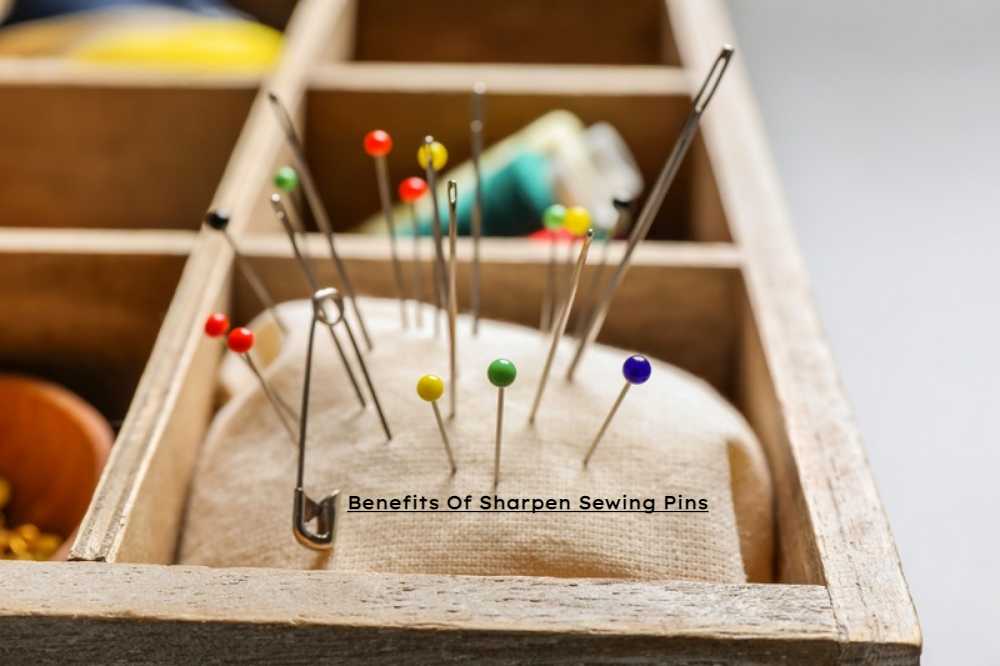
Now that you know how to sharpen your sewing pins, let’s talk about the benefits of having sharpened pins.
For one, sharpened pins are easier to use. They’ll glide through fabric more smoothly, which will make your sewing projects go faster and easier.
Sharpened pins are also less likely to damage the fabric. When pins are dull, they can cause the fabric to fray or tear. But when they’re sharp, they’ll slice through fabric cleanly and won’t damage it.
So if you want to make your sewing projects easier and prevent fabric damage, be sure to sharpen your pins regularly!
Tips For Keeping Your Pins Sharp
Now that you know the benefits of sharpened pins, let’s talk about how to keep them sharp.
First, it’s important to store your pins in a safe place. We recommend using a pin cushion or a pin box. This will prevent your pins from getting lost or damaged.
Second, avoid dropping your pins. This can damage the sharp point and make them difficult to use.
Finally, don’t wait until your pins are dull to sharpen them. It’s best to sharpen them regularly so they’re always in top condition.
If you follow these tips, you’ll be able to keep your sewing pins sharp and in good condition for years to come!
Sewing pins are an important part of any sewing kit, and if they’re not sharp, they can make your life a lot harder.
Conclusion
Sharpening your sewing pins is a simple process that can save you money and frustration in the long run.
By following the steps outlined in this article, you can easily sharpen your sewing pins using common household items like sandpaper or a nail file.
And by taking steps to prevent your pins from dulling, you can ensure that they remain sharp and effective for all of your sewing needs.
Also, read if you want to know how to choose the thread color for sewing
FAQs
Now that you know how to sharpen your sewing pins, let’s answer some common questions about this process.
Q: How often should I sharpen my sewing pins?
A: We recommend sharpening your pins every few months. However, if you use your pins frequently, you may need to sharpen them more often.
Q: Can I use any type of sharpening tool?
A: You can use a sharpening stone, sandpaper, or even a piece of glass. Just make sure the surface is smooth so you don’t damage your pins.
Can I sharpen sewing pins with a pencil sharpener?
No, it is not recommended to sharpen sewing pins with a pencil sharpener as it can damage the pins and potentially break the sharpener.
Can I use sewing pins that have become rusty?
It is not recommended to use rusty sewing pins as they can damage your fabric and potentially cause injury.
Can I sharpen sewing pins that have plastic heads?
It is not recommended to sharpen sewing pins that have plastic heads as the sharpening process can damage the plastic and potentially break the pin.
Can I reuse sandpaper to sharpen my sewing pins?
Yes, you can reuse sandpaper to sharpen your sewing pins, but be sure to clean off any metal shavings before using the sandpaper again.
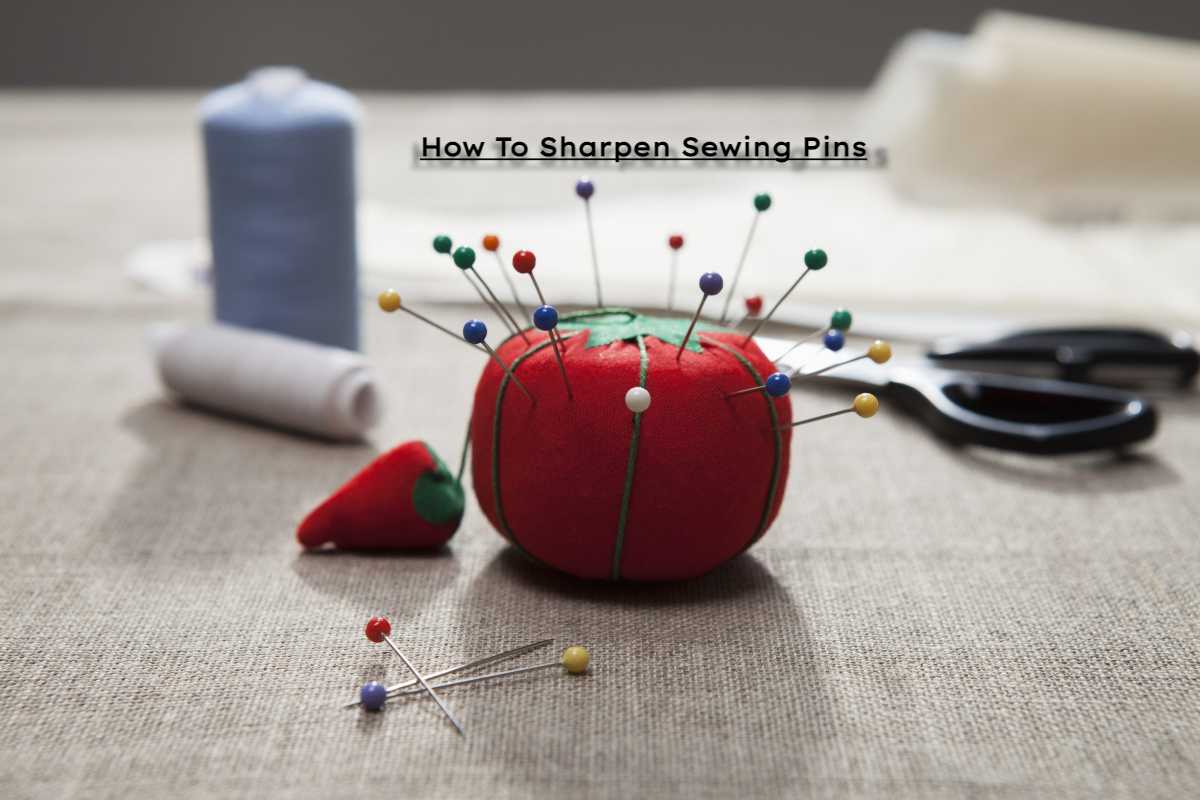
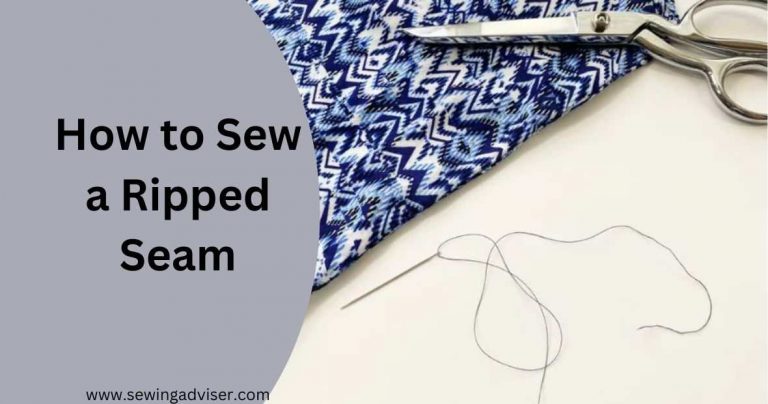
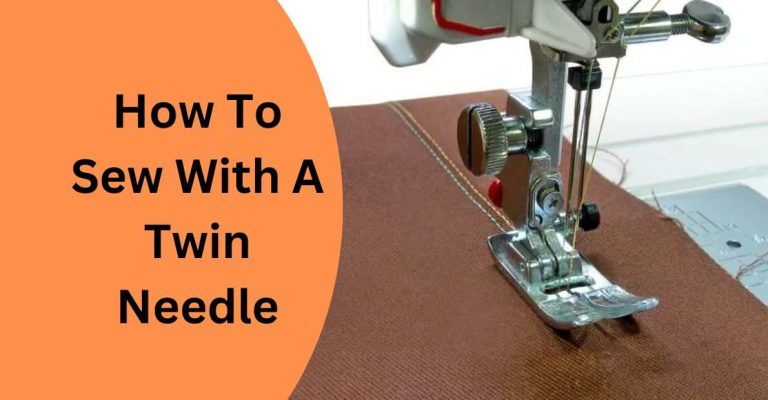

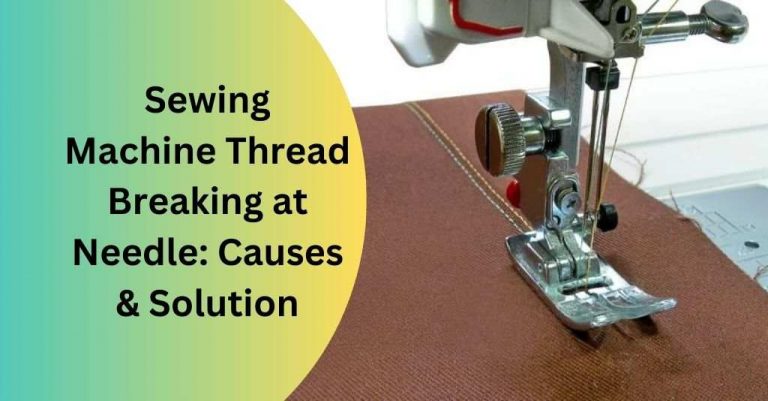
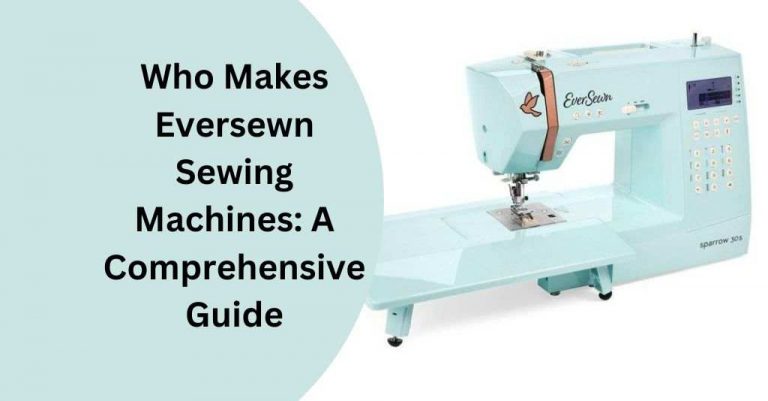
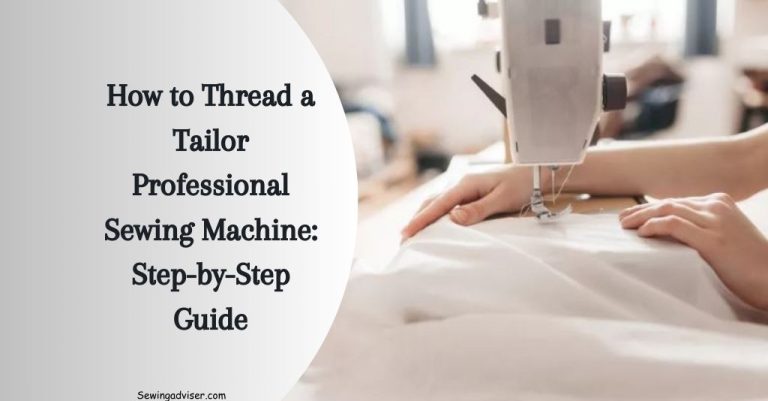
24 Comments